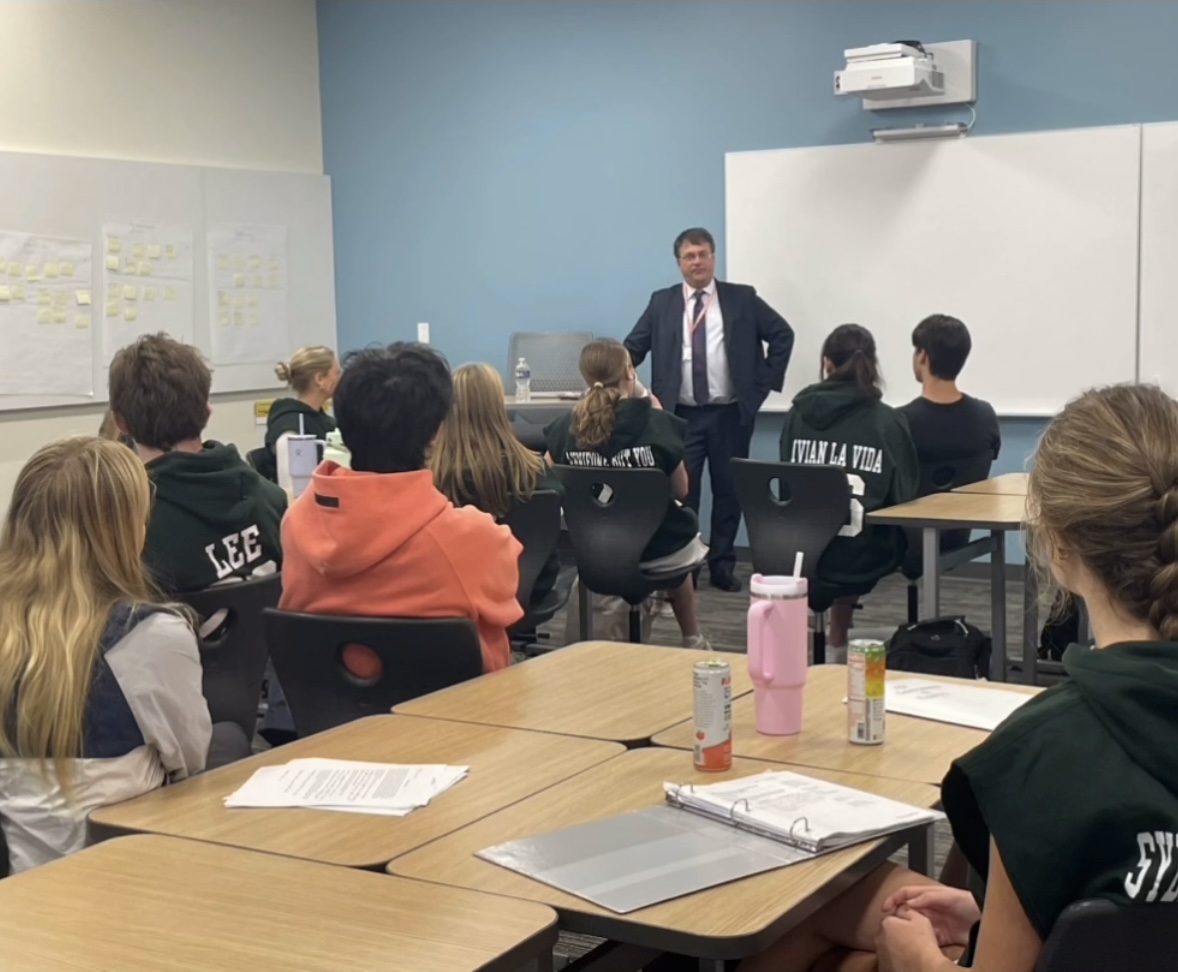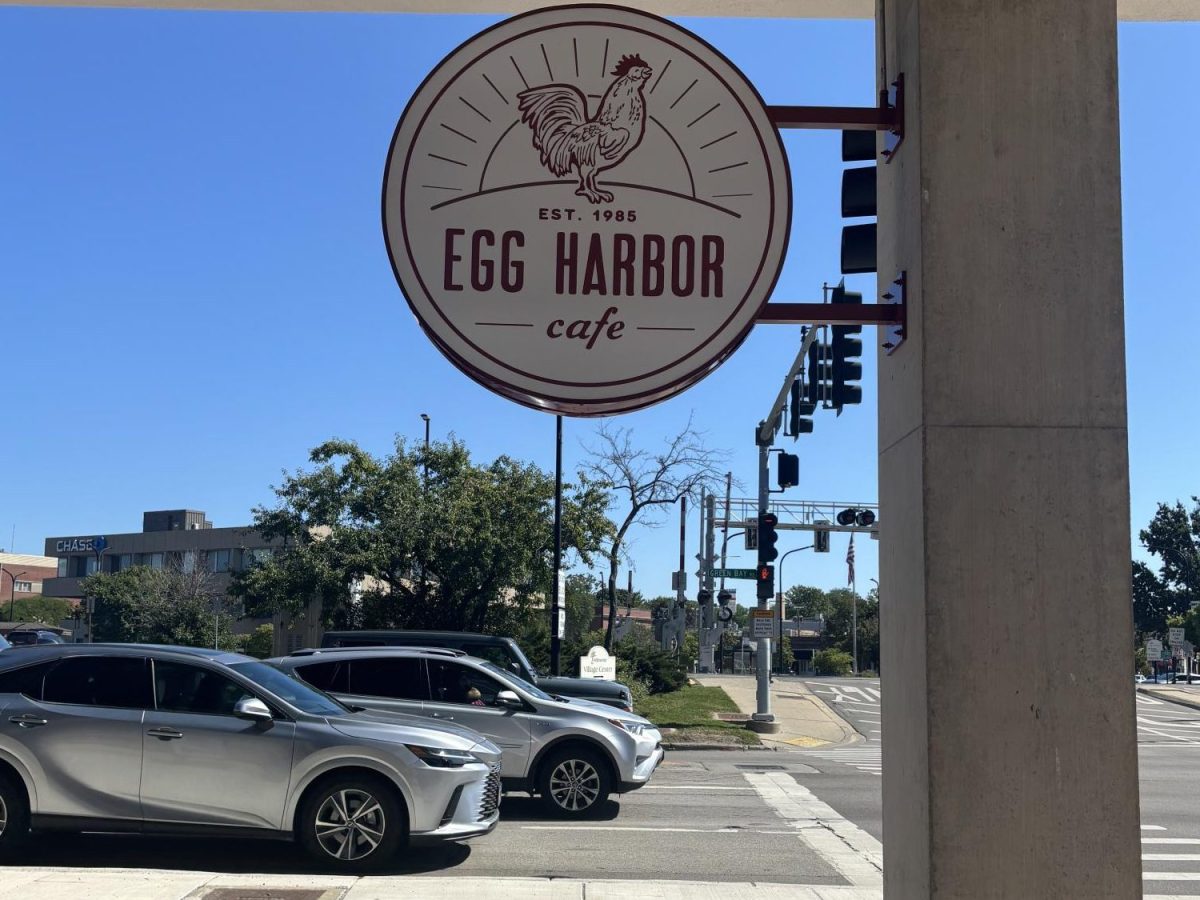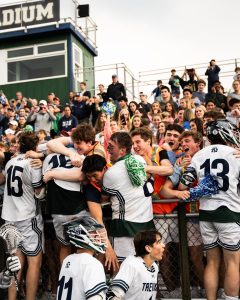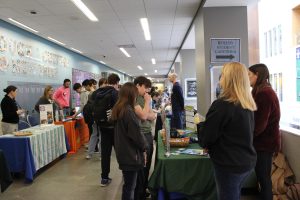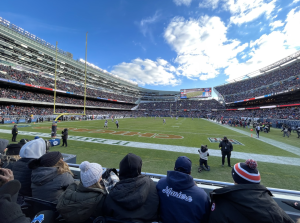Day of Silence lacks participation this year
Winnetka campus students say the day is no longer effective
April 29, 2016
According to students, Day Of Silence had less of an effect on New Trier than it used to.
Every year, New Trier has a day dedicated to showing the struggles of silence that the LGBT+ community faces daily, called Day Of Silence. On this day, students may opt to buy a t-shirt and remain silent all day to show their support.
Over the years, Day Of Silence has had an impact on students, with a lot of student participation.
This year was different than past years, with less participation. For most students, it wasn’t a lack of support for the LGBT+ community, but a lack of knowing when Day Of Silence was or how to show support.
Sophomores found it surprising that the day lacked the hype that they experienced the previous year at the Northfield campus.
Sophomore Nell Martin said, “At the freshman campus, it was advertised a lot more. I knew about it almost two months in advance, but here I didn’t know they were selling t-shirts until they were done selling.”
English teacher and director of Day of Silence, Rachel Hess, believed that the Winnetka campus lacked participation compared to the freshman due to the lessened hype.
“I think it’s a newer phenomenon for the freshman, so they’re great participants,” Hess said.
Society has changed, and some believe that silence is no longer an acceptable way of showing support for the community.
“I definitely believe that people want to speak out after the legalization of gay marriage, it’s a lot easier and a lot more socialized to talk more than to stay quiet about it,” an senior who wished to remain anonymous said.
Some students believed that being silent backfired against the purpose of the day.
Administrators and the sponsors of Day Of Silence believe that silence is a conversation starter, but ironically, the students who are participating can’t say anything about it.
Sophomore Cate Murdoch thought the day should be altered so people can talk about issues plaguing the LGBT+ community, instead of being quiet to raise awareness.
“I think there is definitely a better way to get the point across, especially in some classes when you discuss it, if you’re being silent for the day then you can’t talk about it,” Murdoch said.
For Hess, the goal was for teachers to facilitate discussions to accompany the day. “The day has to be accompanied by dialogue. It would be best to talk about the issue as a way for the students who are silent to allow their voices to be heard, because I think they have the biggest emotional connection to the day,” Hess said.
For some, the reason for the decreased participation wasn’t a lack of compassion, but simply not knowing.
An anonymous senior noticed that the school lacked signs and information ahead of time. “I saw a few signs in random places, but other than that, there was very little done to get the word out,” they said. “When I participated, there were multiple signs and students wearing shirts leading up to the day,”
Yet, Hess believed that the combined effort was the most they could do. “We try to do announcements, posters in the hallways and bulletins. We try a number of ways, but it’s hard to reach everyone,” Hess said.
However, for some students, the lack of participation is simply a fact of not being passionate on the issue. Junior Donna Kang honestly didn’t see the point in participating. “It’s just not an issue that I’m super passionate about, so I chose not to participate,” Kang said.
While the day has obviously lacked in a student participation, reasons vary for why. Some students believe in the benefit of a conversational day, but Hess still believes in the core meaning of the day.
“The day was never meant to silence anyone. It’s a symbolic movement,” Hess said. “You’re supposed to notice who isn’t speaking because that’s representative of someone who’s invisible in our society.”




